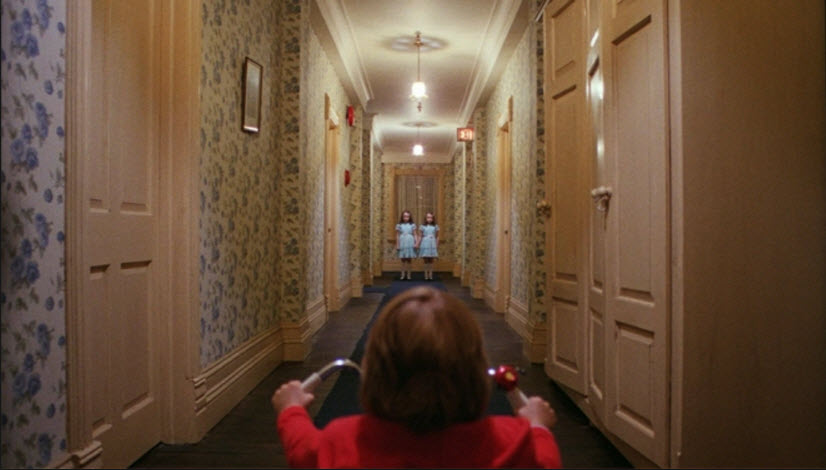Stephen King has a solid history with his writings making a transition from book to television mini-series, cinematic movie, and a little more tenuously stage production. The second movie to make a transition from novel to the big screen is the 1980 Stanley Kubrick produced, directed, and written (as a screenplay) movie The Shining (1980). King‘s novel was first published in hardcover by Doubleday in 1977, coming in at 659-pages (per the novel’s Wikipedia page).
The Shining was a fortuitous marriage of some of Hollywood’s more commercially successful stakeholders. There was the novelist King, the producer, screenwriter and director Kubrick, and the starring actor Jack Nicholson. These three brought something special and awesome together.
King gave us The Shawshank Redemption (1994), The Green Mile (1999), Stand By Me (1986), and Misery (1990). Kubrick gave us 2001: A Space Odyssey (1968), Spartacus (1960), A Clockwork Orange (1971), and Full Metal Jacket (1987). Nicholson gave us Chinatown (1974), One Flew Over the Cuckoo’s Nest (1975), A Few Good Men (1992), As Good As It Gets (1997), and The Departed (2006).
Beyond bringing together the above three all-stars with their commercial success and influence, the story is a masterful examination of falling into madness in a place of isolation meant to force the confrontation of it. Jack Torrance (Nicholson), his wife Wendy (Shelley Duvall), and their son Danny (Danny Lloyd) give us a convincing glimpse into three characters with questionable grasps on reality. The narrative question that the viewer confronts with the Torrances is “are any of these three reliably sane?” At what point are we losing a grasp with reality? Is this person already descended into madness (mental health is a clear narrative device)?
The truth is that these questions elevate to the storytelling itself. Is the narrative itself reliable? From the beginning scene where Jack Torrance is interviewing to be the caretaker for a snowbound hotel, Torrance is told that a former caretaker murdered his family and committed suicide. Something is clearly off, even then, when Jack brushes this off with the note that his wife enjoys ghost stories and horror films. Nothing in the Wendy’s character confirms this is true, though the frame of the story as a possible ghost story (it isn’t) and a definite horror film is set right from the start.
One might wonder where the notion of “shining” or “the shining” even comes into the storytelling of The Shining. That notion comes in with the character of Danny, who has the gift of “shining,” which is the psychic gift seeing things from the past and future while also reading minds. In this image here, you get an echo of the opening tale shared with Jack Torrance regarding the murders of the previous family, as we remember from that beginning tale that the first murderous caretaker took the lives of his two daughters.
That the notion of reliable characters is part of that scene comes up when Wendy Torrance doesn’t know to believe the “shining” of Danny, because it is completely reasonable to suspect that the Tony that Danny speaks of might simply be an imaginary friend. The growing drama that leads us to understand the meaning of Danny’s singing “redrum” is part of the genius of the larger tale of The Shining.
The content and tension of this movie, The Shining, is one that I recommend wholeheartedly to those with the temperament to enjoy. Psychological horror stories, as the Wikipedia page for the book tells us is true for the novel, are not for everyone. As such, Lynn of Matt Lynn Digital would neither watch nor enjoy this 18th ranked film on the Matt Lynn Digital blog. On the other hand, I do recommend that you watch.
Matt – Saturday, January 21, 2017



